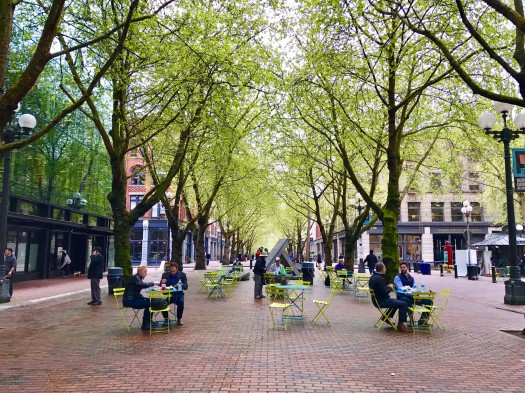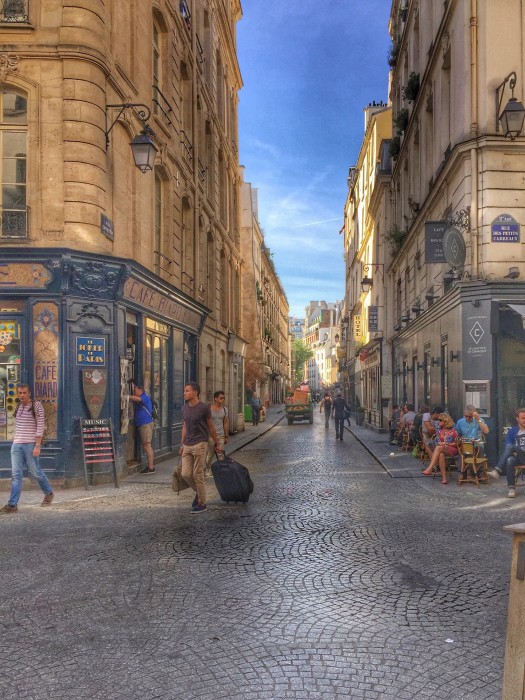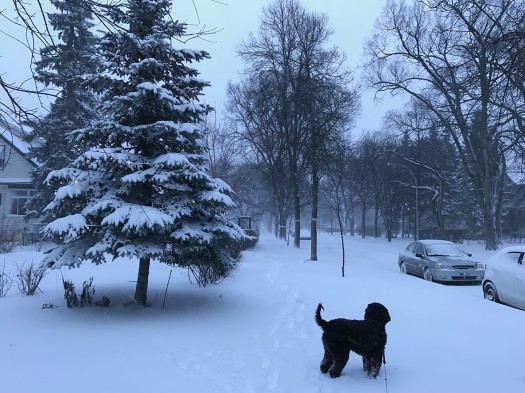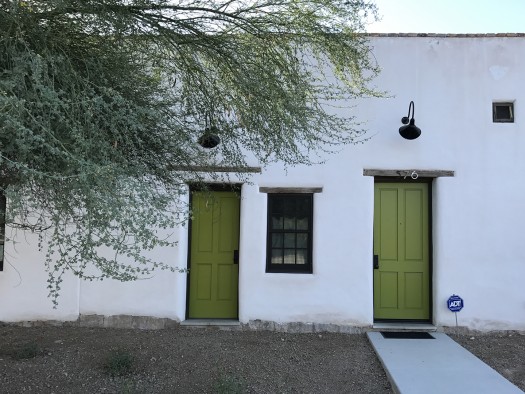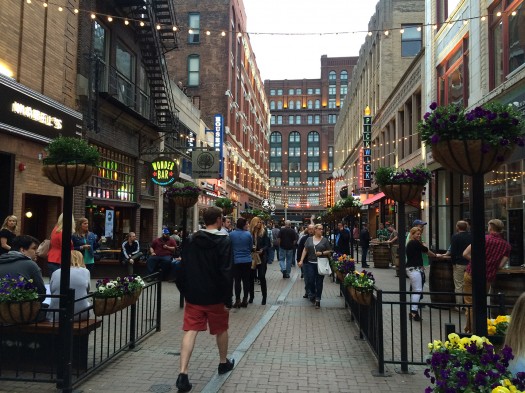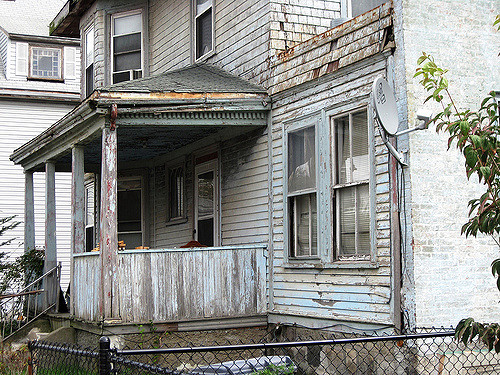Environment | Sustainability
The (Irrational) Criminalization of Walking
If you’ve ever found yourself wondering, if only there was a concise resource available that articulates key reasons why walking is so much less prevalent in the modern age; why this presents unanticipated threats to safety, health, the environment, child development, and social equity; and what we in our communities can do to effectively advocate…
Read MoreCNU 25 Seattle: Highlights from the silver anniversary
Last week was the 25th annual Congress for the New Urbanism, where 1,400 city planners, architects, developers, economists, and mayors from around the world gathered to discuss the future of cities. Hosted in collaboration with the Urban Land Institute, comprised of an additional 6,000 developers and builders, the two events brought significant inspiration and insight…
Read MoreIs placemaking a “new environmentalism”?
Can placemaking – in short, the building or strengthening of physical community fabric to create great human habitat – be a “new environmentalism”? The question is posed by a provocative short essay, which I first discovered in 2011. Written by Ethan Kent of the Project for Public Spaces, the article continues to make the rounds. The essay influenced…
Read MorePlacemaking: Geek niche or the root of pretty much everything?
When I first developed my interest in placemaking twenty years ago it was driven by design. I was a brand advertising person which, by necessity, involves the study of behavior. Not just of people but of their context. Where and how people choose to live, I learned, provided a lot of insight into the kinds…
Read MoreThe Trifecta: Urbanism, architecture, and nature
We often blog on the benefits of nature integrated into urbanism and wellbeing outcomes of walkability. The real trifecta is when walkable urbanism, human-scale architecture, and nature come together via placemaking. A recent study from the University of Warwick points out that a scenic view delivers equal health benefits to access to nature: “Cohesion of…
Read MoreNature Cities: Wellness and public space
The idea of rewilding started out as a movement to conserve, restore, and reconnect natural areas, and has expanded to how we reintegrate ancient practices into our modern lives. From a flat-footed squat to full emersion in nature to structured programs like ReWild Portland, the idea of letting go of some of our domestication to…
Read MoreFinding Tucson’s Lovable Places
I was inspired and delighted last week by working in Tucson and Marana, Arizona. Whenever we are writing character-based zoning, one of the first things we do is a regional tour to analyze the DNA of the most loved places. Places cannot be resilient unless they can be loved. It’s one of the basic principles…
Read MoreInclusive Cities: Inclusion equals diversity plus equity
The placemakers way is to enable the triple bottom line of resilience: environment, economy, and society, trying to balance the needs of people, planet and profit. And yet it’s always easier to measure the impacts of our collective choices on profit — or even on the planet — than it is on people. We’ve blogged…
Read MoreUnpredictable, High Risk, High Cost: Planning for the worst is the worst
So here we go again. Flood waters rise in southern Louisiana, displacing tens of thousands — some temporarily, others permanently — and potentially costing billions. The familiar narrative cycle has cranked up. Right now we’re emerging from the stage where we celebrate the heroism of citizens, volunteers and emergency responders and question the competency of…
Read MoreBalancing the Scales of City Sustainability
I spend virtually all my professional time thinking about the intersection of human settlement and environmental sustainability. I am particularly interested in the built environment of American cities, towns, and suburbs – what I like to call our “people habitat” – and how it relates to the natural world. How can we make these two…
Read More

